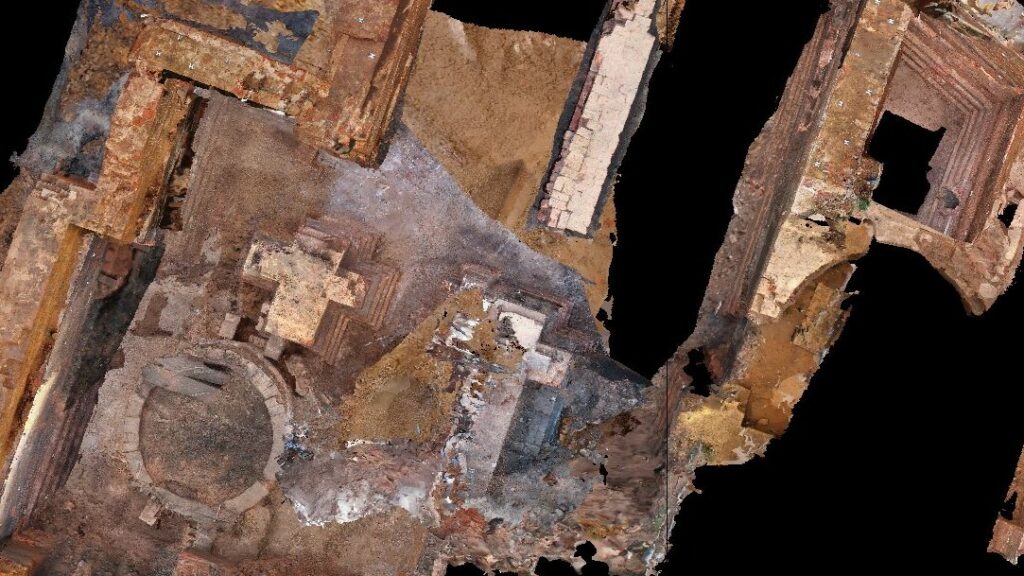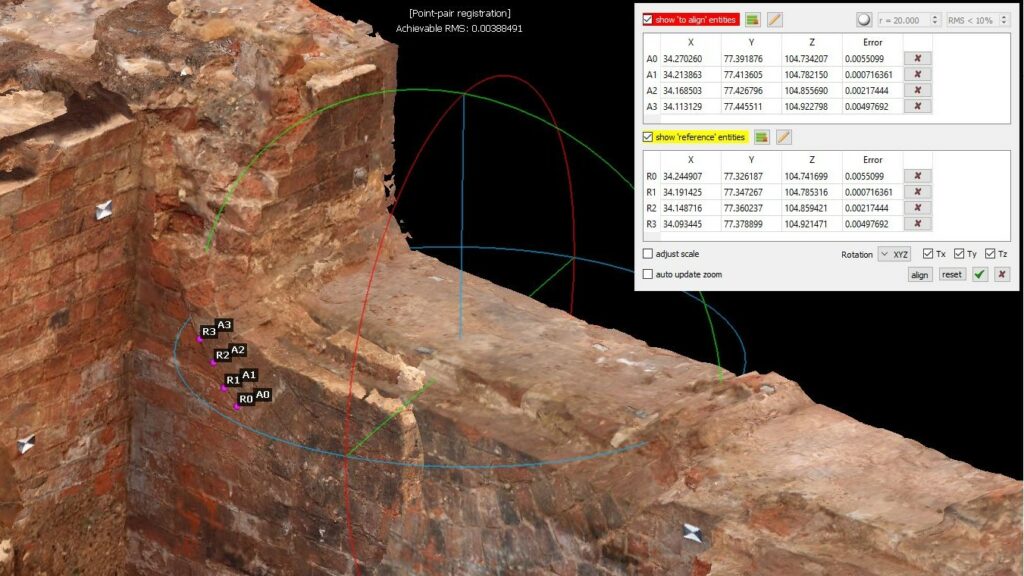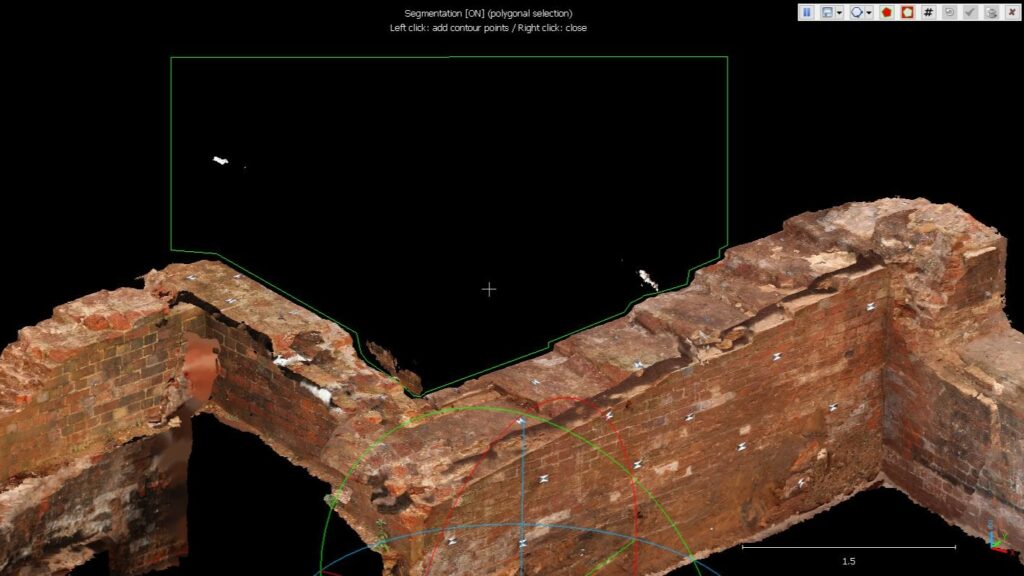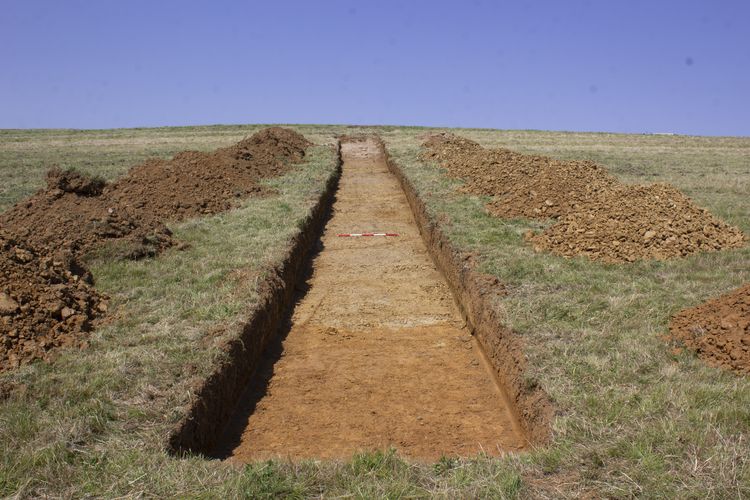High Speed Two’s groundbreaking archaeology programme is currently not just Europe’s largest excavation but also a treasure trove of insights into the lives that shaped modern Britain. Amidst the colossal 15+ terabytes of data destined for HS2’s Historic Environment Digital Archive, our digital archivists at the ADS faced a unique challenge. Sorting through vast quantities of data, diverse file formats, and complex data types, such as 3D models, proved to be a challenging journey.
The Former Curzon Street Station, once a beacon of 19th-century rail travel in the UK, held an exceptional historical find. During the 2020 excavations for the new Birmingham Station, the world’s oldest locomotive roundhouse, designed by the famed railway engineer Robert Stephenson, was unearthed. A testament to Britain’s industrial past, this roundhouse served as an engine turnaround point in addition to being a storage and maintenance facility for locomotives.
Earlier this year, outputs from the archaeological programme at the Curzon Street area were deposited at the Archaeology Data Service, including 3D data in the form of 18 models, 18 processing reports and 1,851 source images. The three-dimensional nature of these resources presented key advantages for recording and virtually reconstructing the roundhouse and related structures. However, the data itself was complex and posed challenges for its preservation and dissemination.

At the ADS the preferred file format for 3D models derived from photogrammetry is OBJ. This open format developed by Wavefront Technologies is suitable for preservation as it has open specifications, is supported by a large user community, and stores both geometry and texture. Alongside the OBJ, we also store the original image datasets, ensuring a comprehensive record for future researchers.
One of our main concerns is the preservation of the original raw data. We want to ensure it remains accessible to anyone intrigued by the site, enabling them to reconstruct 3D models if necessary and employ innovative processing methods if they so desire. Three-dimensional data holds great potential as a catalyst for diverse narratives and shared discoveries, so while software packages shift and methodologies advance, we want the raw data to be consistent.
But preservation is only part of the story and displaying the raw data is rarely captivating. Therefore, for the Curzon Street Station Yard models, we’ve chosen a different approach. Rather than presenting just the original models for viewing and downloading, we’ve enhanced them. These 3D models, now enriched by the ADS, provide a clearer overview of the structures related to the Roundhouse.


Cleaning and aligning 3D data can be as intricate as working with actual historical artifacts. Poor lighting during data capture, inaccessible areas, vegetation, obstructions, or low quality images all contribute to imperfections and inadequate reconstruction. Noise, in particular, can be a detriment to the visual and functional appeal of 3D models.
Our journey involved meticulous cleaning, discarding isolated points and junk geometry. Later, we identified overlapping areas within the models, grouping them by features and carrying out a precise alignment, using point pairs, to ensure accuracy. The result? Eight refined models, forming a comprehensive layout of structures related to the railway terminus. Each of these models, while distinct, retains the same coordinate system, allowing for easy viewing online.
As we meticulously crafted these eight 3D models, each representing a relevant aspect of the former Curzon Street Station Yard, an impressive puzzle began to take shape. But before we reveal new developments in our journey, stay tuned for an upcoming blog post where we introduce our recent 3DHOP iteration, which changes the way in which these historical structures can be perceived and interacted with.
Thus far, the impact of this work has sparked engaging discussions among staff at the ADS about digital preservation with regards to 3D data derived from Structure-from-Motion workflows and its implications for archival practitioners and depositors. Certainly, exciting research paths can emerge through and from new ways of disseminating 3D data, enriching our understanding of cultural objects through their 3D reconstructions.
The Former Curzon Street Station Yard archive represents a milestone in our digital preservation and archiving work. As we expand our efforts to archive Area North’s outputs, we look forward to sharing more insights from the HS2 archives in the coming year. The enhanced 3D models, along with CAD files, site records, and archaeological reports, will soon be available as part of The Former Curzon Street Station Yard archive through the ADS project archives, so do keep an eye out for updates!







Lovely stuff